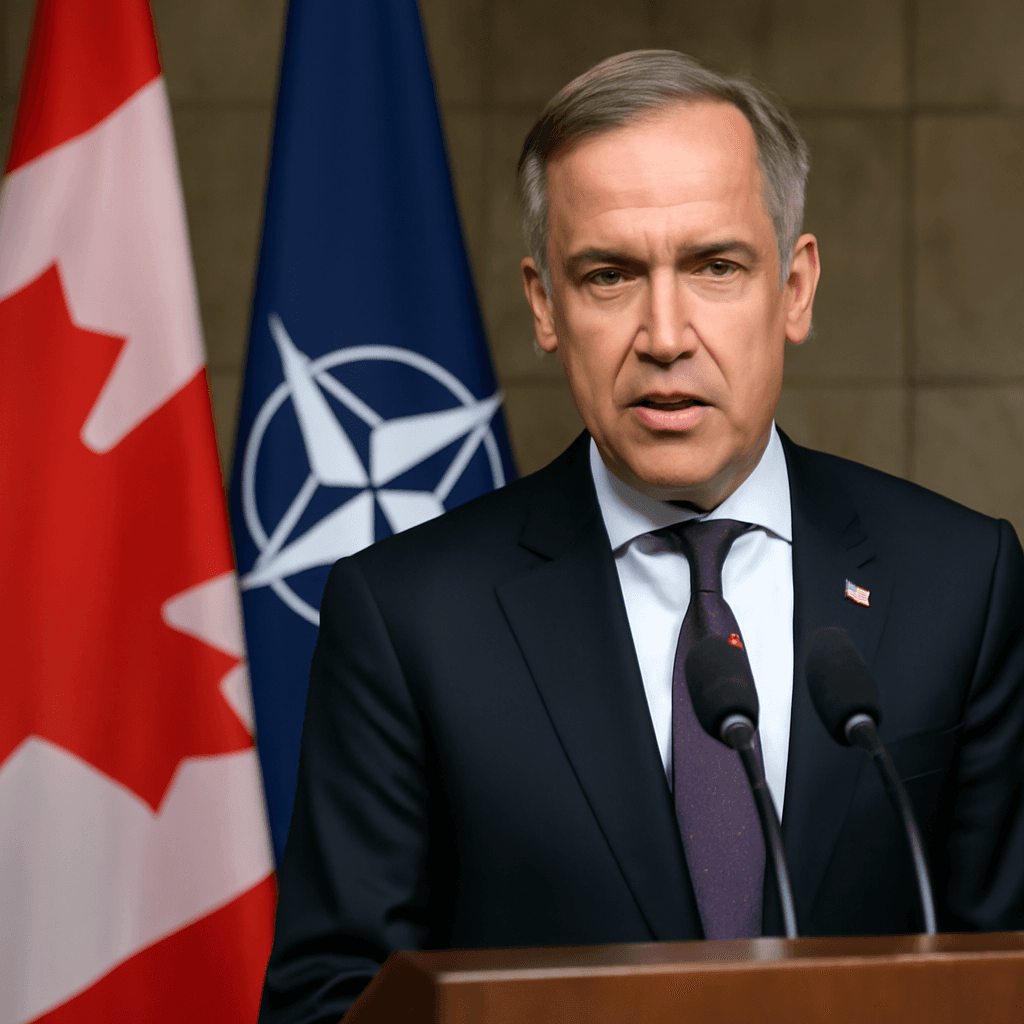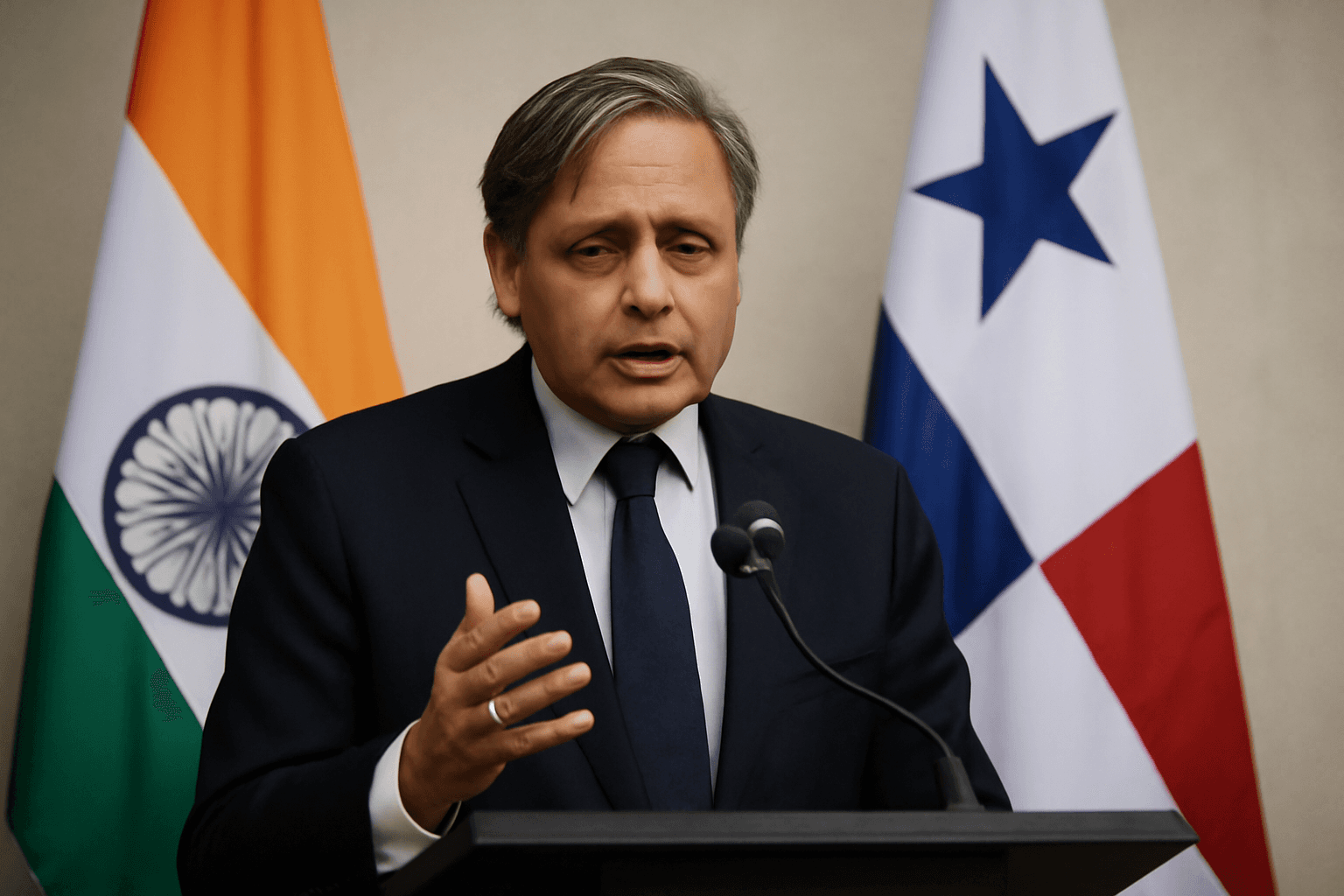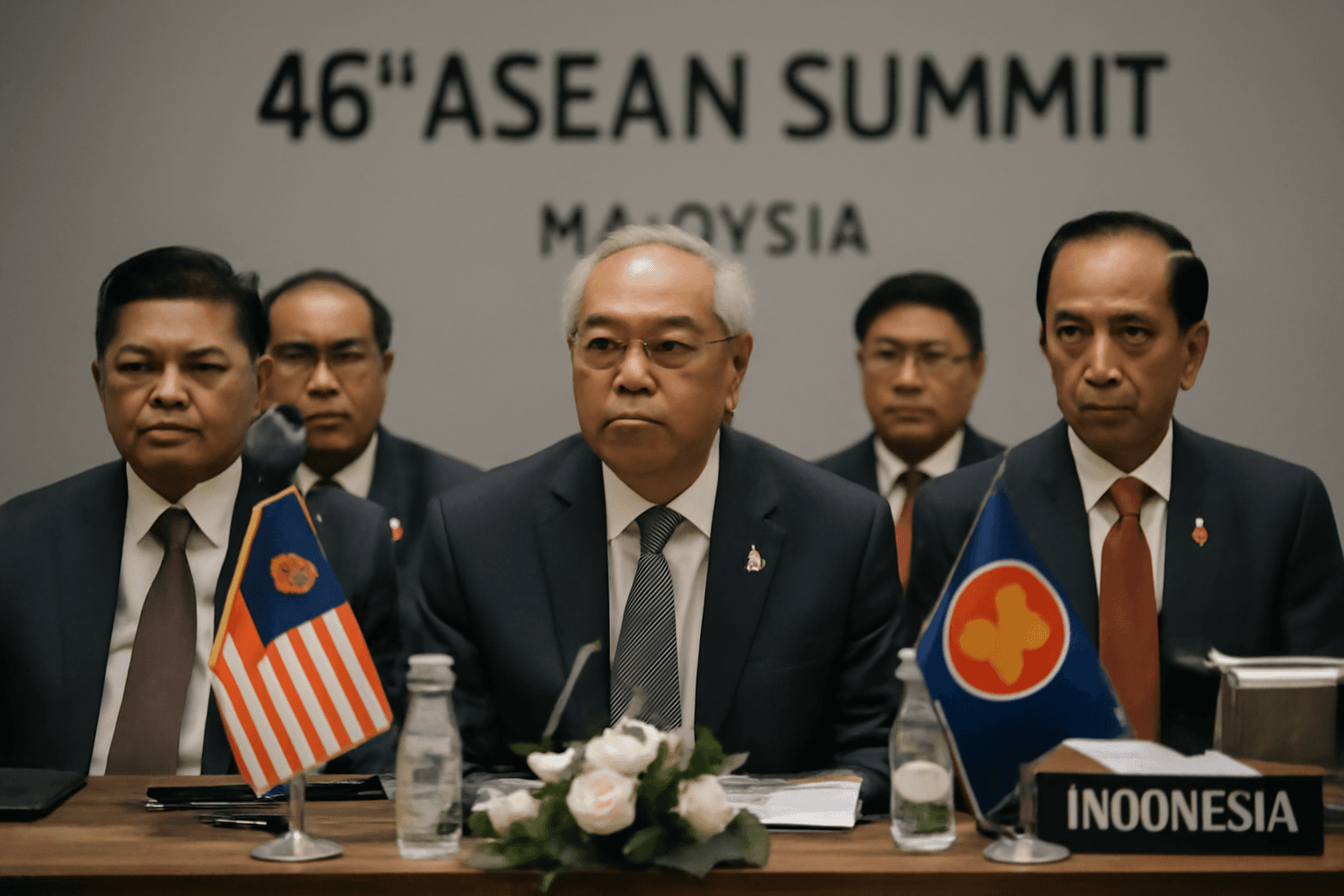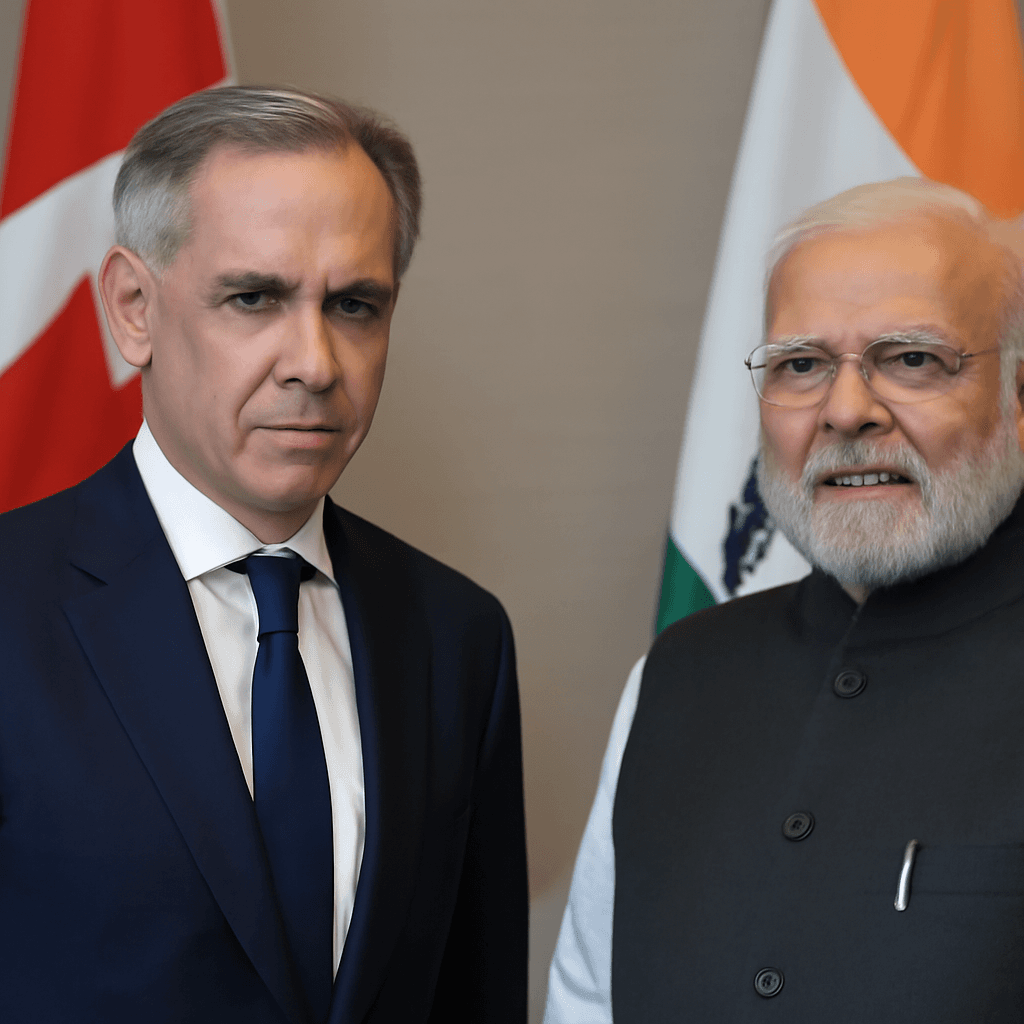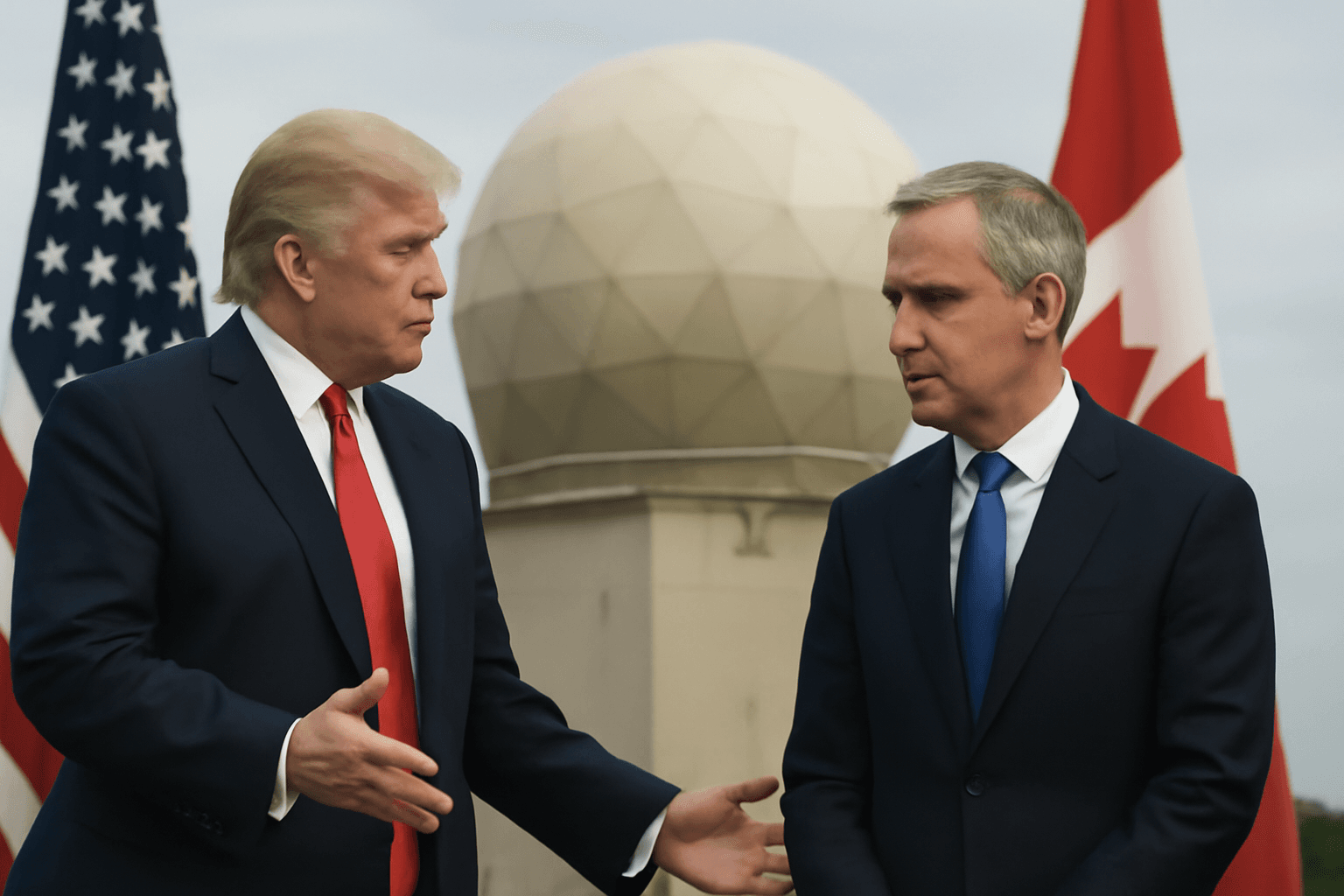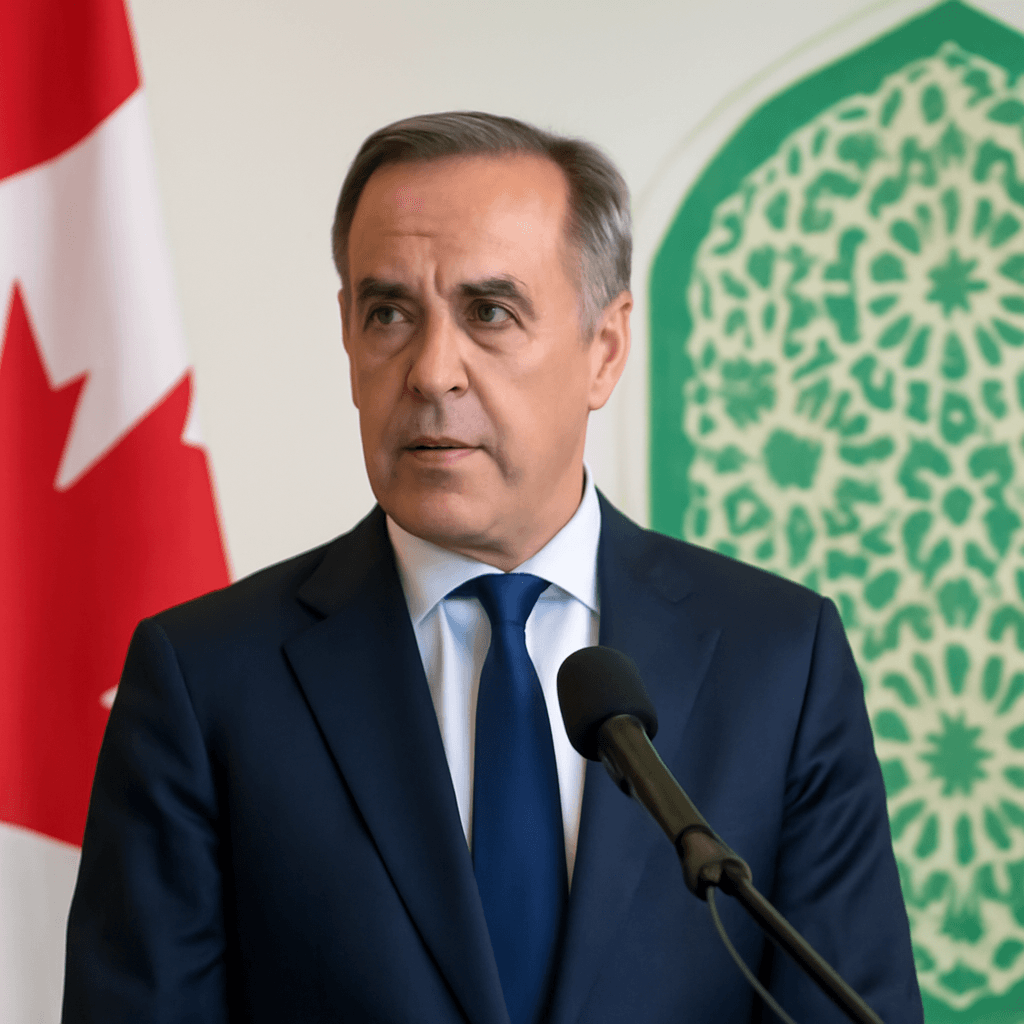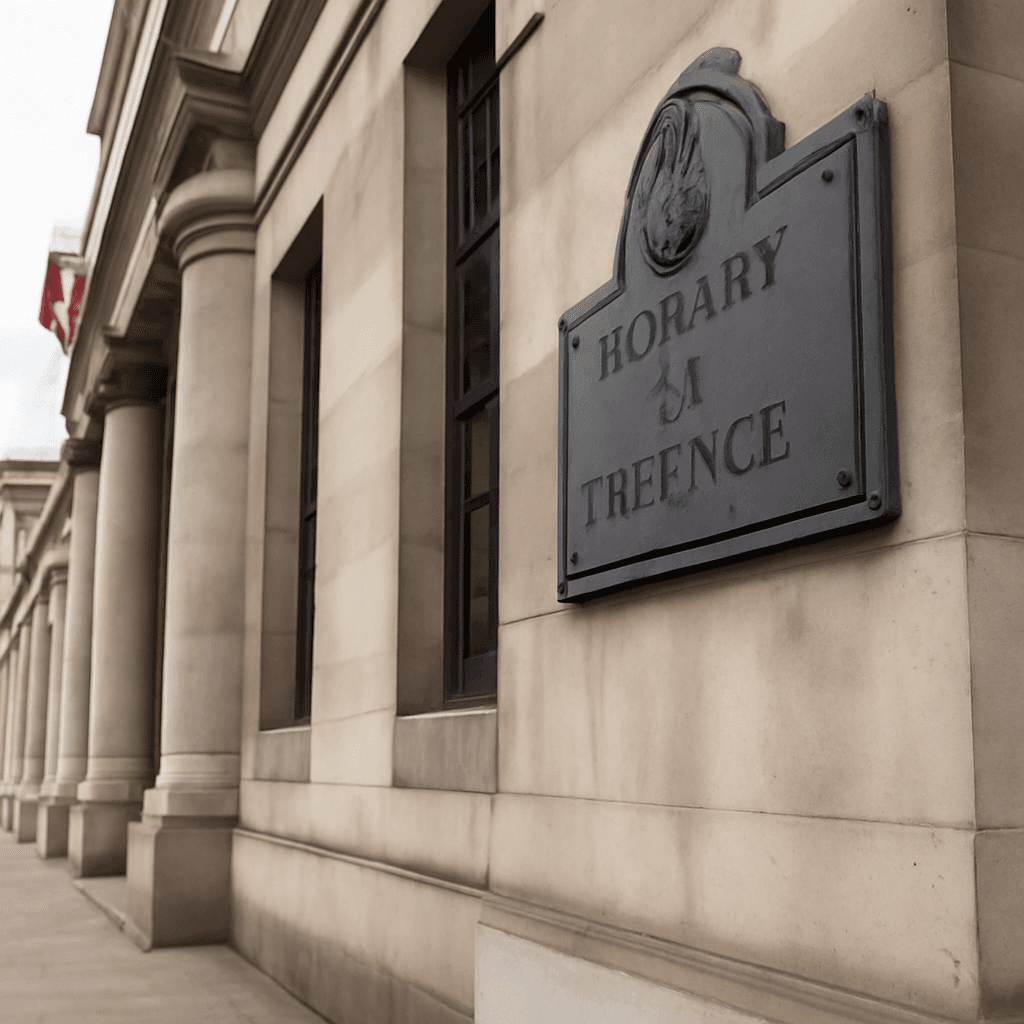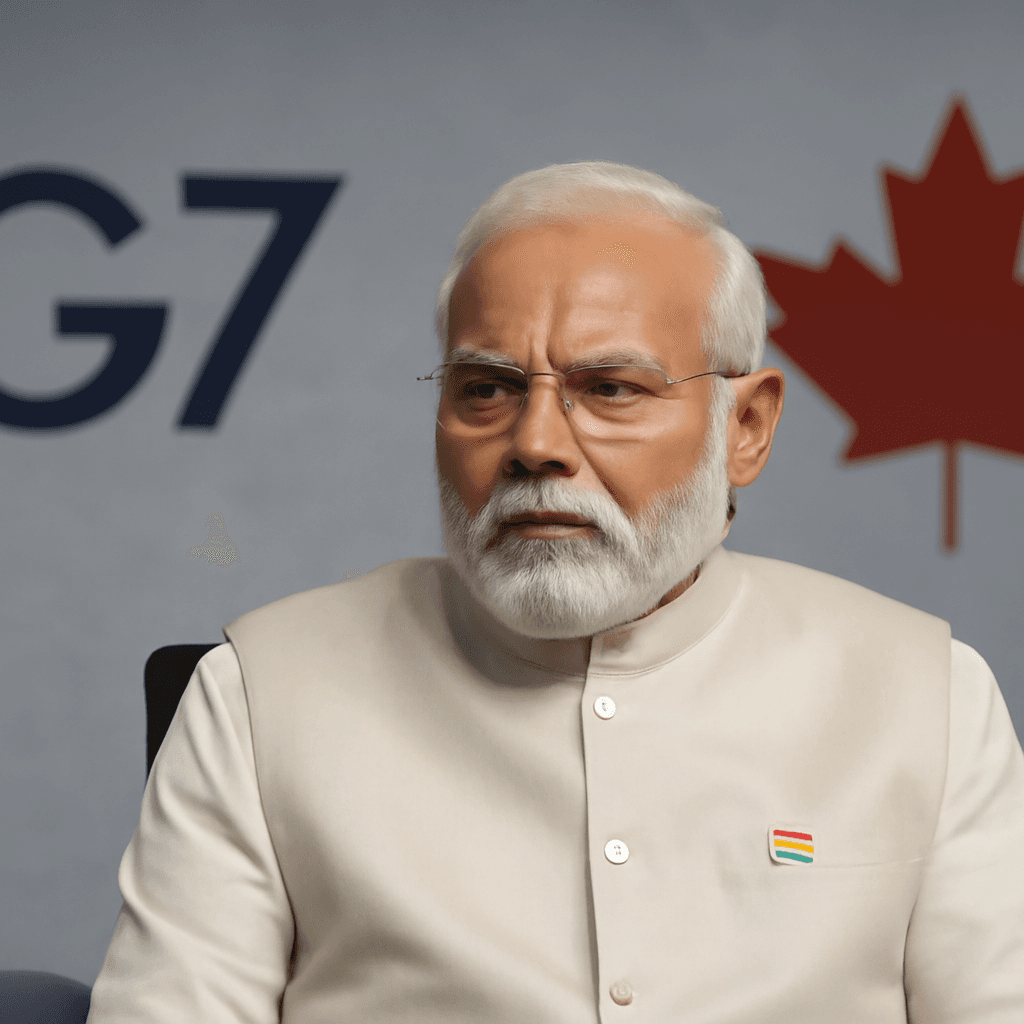Canada Commits Billions to Boost Military Budget Ahead of Schedule
In a decisive shift from previous plans, Canada’s Prime Minister Mark Carney announced on June 9, 2025, that the country will reach NATO’s defence spending benchmark of 2 percent of GDP this fiscal year. This commitment accelerates the timeline far earlier than the previous government’s target of 2032.
Key Details of Canada’s Defence Investment
Canada has traditionally spent about 1.4 percent of its GDP on defence, a figure that has drawn criticism from NATO allies. Carney’s announcement marks a substantial increase, with billions of extra dollars allocated to enhance capabilities and personnel support.
- Salary raises for military personnel
- Procurement of new submarines, aircraft, and naval ships
- Advanced artillery, armed vehicles, and radar systems
- Deployment of drones and specialized sensors for seabed and Arctic surveillance
“Now is the time to act with urgency, force, and determination,” Carney stressed during a speech in Toronto, emphasizing the importance of swift and robust action to meet evolving security challenges.
NATO’s Escalating Security Environment
This announcement aligns with growing calls within NATO to increase defence investments amid heightened concerns over Russian aggression. NATO Secretary General Mark Rutte is expected to advocate for a significant expansion of alliance capabilities, including proposals for a 400 percent boost in air and missile defence systems.
Rutte highlighted the need for “a quantum leap in our collective defence” to maintain credible deterrence, citing lessons learned from the conflict in Ukraine and the demonstrated risks from aerial attacks.
Some NATO members have discussed raising defence spending targets even higher, with proposals suggesting 3.5 percent of GDP on military forces alongside additional funding for broader security initiatives. These proposals respond to longstanding criticisms from U.S. officials urging allies to take a greater share of the collective security burden.
Implications for Canada and the Alliance
By fast-tracking military expenditures, Canada aims to bolster its standing within NATO and demonstrate a renewed commitment to allied defence. This move could smooth diplomatic tensions with key partners, particularly the United States, and strengthen Canada’s influence in upcoming NATO meetings.
As global tensions remain high, Canada's enhanced investment signals a proactive stance to safeguard national interests and contribute more robustly to international security frameworks.

